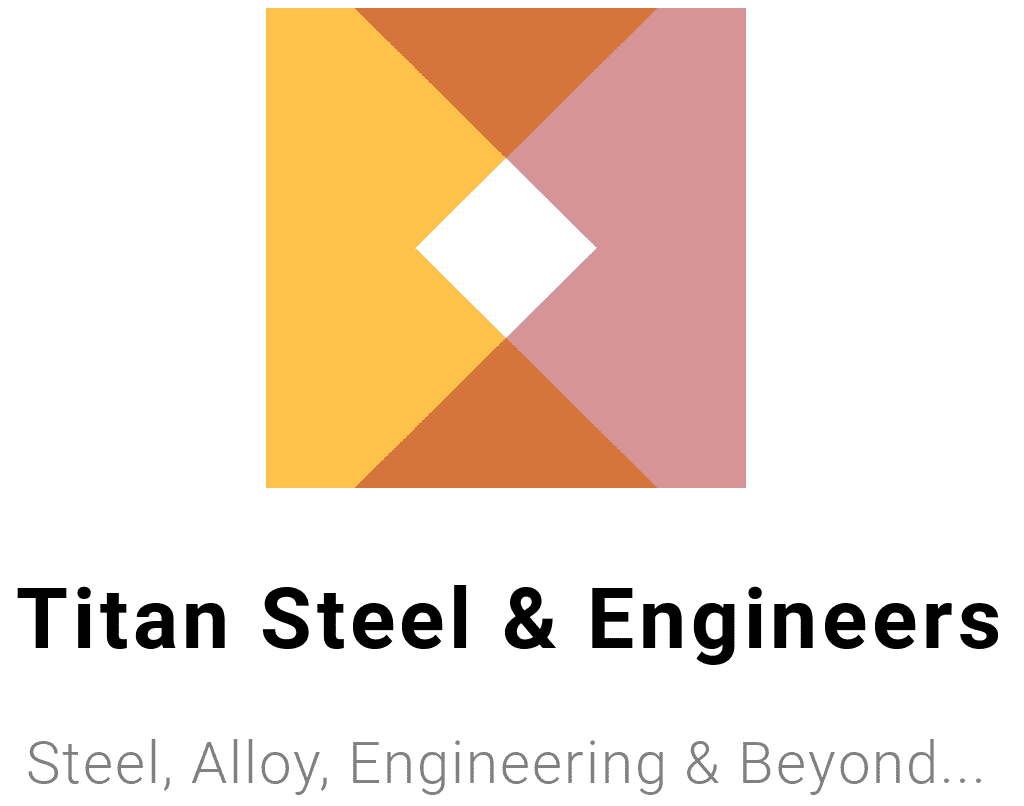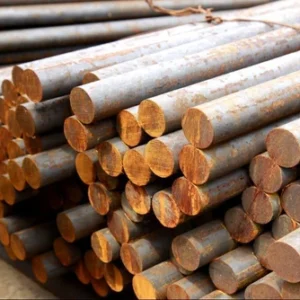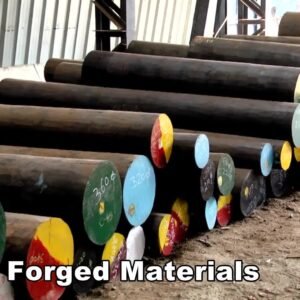Description
C35 Steel: Explanation, Applications, and Grades
Introduction to C35 Steel:
C35 is a medium-carbon steel containing approximately 0.30% to 0.40% carbon, which provides a balanced combination of strength, ductility, and hardness. C35 is part of the EN or DIN standards and is similar to AISI 1035 in composition. It is commonly used in applications that require moderate strength, good machinability, and acceptable toughness. This steel grade can be easily heat-treated to improve strength and hardness, making it suitable for parts subjected to moderate mechanical stress and wear. Additionally, C35 has excellent machinability, making it ideal for components that need precision machining.
Properties of C35 Steel:
C35 steel exhibits a moderate level of hardness and tensile strength, making it appropriate for applications requiring structural integrity and resilience under load. Its balanced carbon content provides good wear resistance and hardness while maintaining enough ductility for forming and machining processes. While C35 steel does not offer the extreme hardness of high-carbon steels, it can be quenched and tempered to achieve enhanced mechanical properties. It can also be welded, though pre-heating may be required to prevent cracking, given its moderate carbon content.
Applications of C35 Steel
- Automotive and Machinery Components:
C35 is often used in the automotive industry to manufacture components like crankshafts, steering shafts, and connecting rods. Its moderate strength and machinability make it well-suited for parts that must endure mechanical stress and cyclic loading. - Forged Components in Heavy Equipment:
The steel’s good machinability and hardness make it ideal for forgings, such as axles, shafts, and gears. It is often used for parts that require strength but do not need the extreme hardness of high-carbon steel. - Structural Parts and Frames:
C35 steel is employed in construction applications to make structural elements, frames, and supports. It provides sufficient strength and durability for structural uses where it may experience both static and dynamic loads. - Bolts, Nuts, and Fasteners:
Due to its strength and wear resistance, C35 is used in the production of fasteners like bolts, nuts, and studs that are critical to mechanical assemblies. It can handle the tension and shear stress typical in such applications. - General Engineering Applications:
C35 steel is suitable for general engineering parts such as couplings, pins, and rollers. It is often chosen for machine parts that undergo moderate levels of wear and impact. - Tool and Die Manufacturing:
This steel grade is also used in the production of low-stress tools, dies, and jigs that require a combination of machinability and moderate strength. C35 can be surface-hardened to enhance wear resistance, making it useful for light tooling.
Grades of C35 Steel and Their Properties
| Grade | Material Type | Common Applications | Properties |
|---|---|---|---|
| C35 | Medium Carbon Steel (DIN/EN Spec) | Shafts, bolts, forgings | Good strength, machinable, moderate wear resistance |
| AISI 1035 | Medium Carbon Steel (ASTM Spec) | Automotive parts, machine components | Moderate hardness, good machinability, weldable |
| S35C | Japanese Standard Carbon Steel | Industrial machinery, pins, couplings | Good balance of strength and ductility |
| EN5 | European Medium Carbon Steel | Gears, axles, shafts | Suitable for quenching and tempering, durable |
| 35# | Chinese Carbon Steel | Fasteners, structural parts | Good mechanical properties, cost-effective |
| DIN 1.0501 | European Medium Carbon Steel | General engineering, automotive parts | Moderate strength and wear resistance, easily machinable |
| UNS G10350 | Medium Carbon Steel (UNS) | Pins, gears, bolts | Tough, suitable for heat treatment and machining |
Key Benefits of C35 Steel
- Balanced Strength and Ductility: C35 provides an optimal combination of moderate strength and ductility, making it versatile for components exposed to moderate loads and impacts.
- Excellent Machinability: C35’s medium-carbon content provides good machinability, making it suitable for precision parts that require extensive machining.
- Heat Treatment Capability: C35 can be quenched and tempered, enhancing its hardness and mechanical properties, making it suitable for components needing improved wear resistance.
- Wide Range of Applications: C35’s mechanical properties make it useful in various sectors, including automotive, construction, general engineering, and manufacturing.






